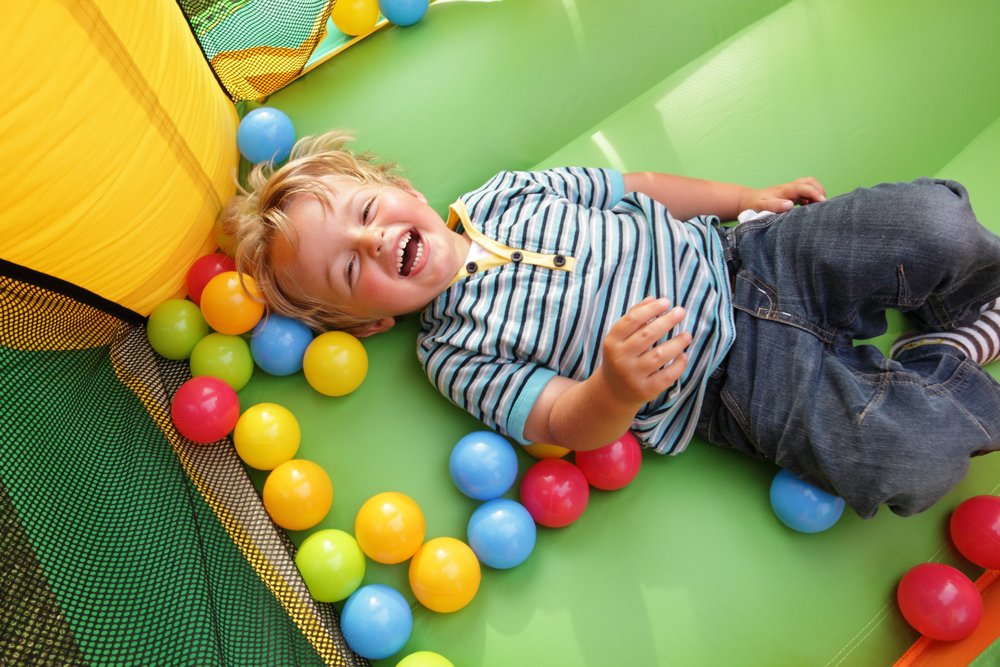Key points:
- Children aged 2 to 5 spend most of their day doing sedentary activities and only engage in moderate or vigorous physical activities for less than 5% of the day.
- Children who are more physically active have better motor skills than those who are not as proficient in doing exercise, according to a study measuring gross motor skills, locomotor skills, and object control skills in relation to time and intensity of physical activity.
- Locomotor skills were found to be significantly related to physical activity, with children improving their gross motor abilities through frequent exposure to physical activity and interventions.
- Providing children with opportunities for exploration, free play, indoor activation, and outdoor activities can help them enjoy and develop physical activity skills.
Young kids are very active through the day, right? They’re always full of energy, sprinting from one place to another and bumping around the house… You may think that prekindergarten children are already engaging in lots of physical activity through the day, but is this still holding true in the 21st century?
In 2008, Dr. Harriet Williams leaded a group of researchers from the University of South Carolina and studied children’s motor development and physical activity. They assert that, actually, children aged 2 to 5 spend most of their day doing sedentary activities and only engage in moderate or vigorous physical activities for less than 5% of the day.
Some studies suggest that as kids get older they are more prone to engage in exercise, but Dr. Williams published paper suggests that children that are more physically active have better motor skills than those that are not as proficient doing exercise. In their study, they measured two types of gross motor skills, locomotor skills and object control skills, to see how they related to the time and intensity of the kid’s engagement in adult-leaded physical activity.
Object control skills are the ability to coordinate different muscles to do an action such as kicking a ball with good aim, or throwing and catching an object precisely. On the other hand, locomotor skills are the ones that move large group of muscles through space in a continued motion in order to do things like walking, jumping, or running. The research found that locomotor skills were significantly related to physical activity!
The great news is that they also found what many parents already know: that children are better and more comfortable doing activities to which they are frequently exposed to. The results fit with a meta-analysis published in the scientific journal Child Care and Healthy Development of 2012. In it, psychologists assessed the effectiveness of physical skills interventions in preschool children and found that they significantly improved gross motor abilities, regardless of their age. These findings are relevant because they further emphasize that the best way to get your child to like physical activity and be good at it, is to provide them with plenty of opportunities for exploration, free play, indoor activation, and outdoor activities, like the ones we suggest in the Kinedu app!








